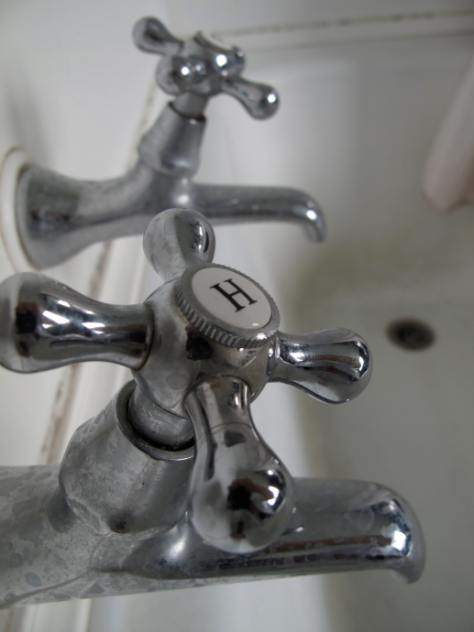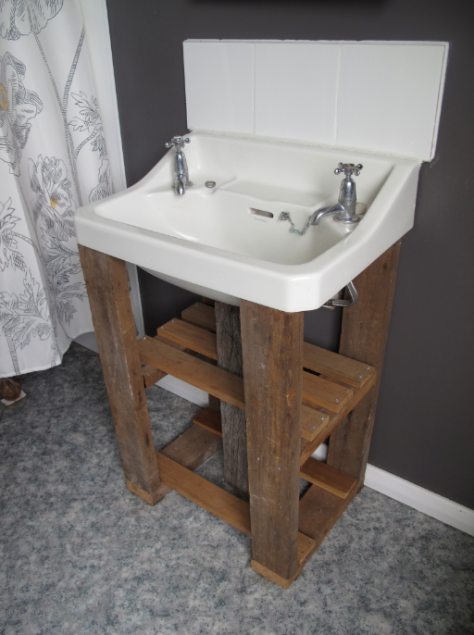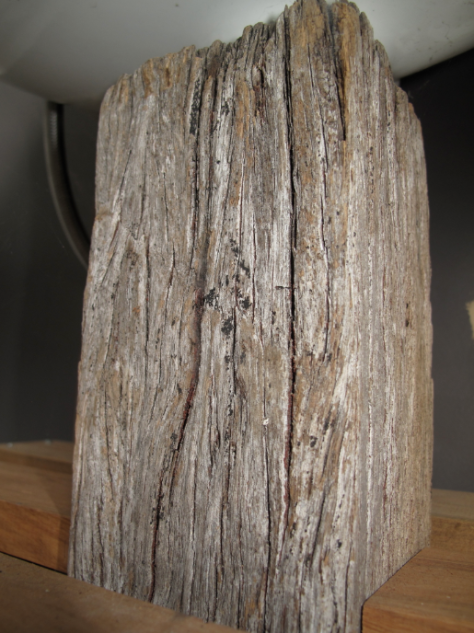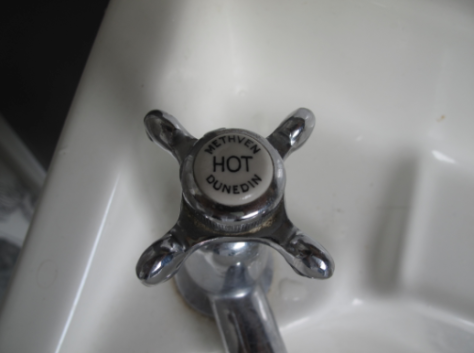For regular readers of this column it is obvious that energy efficiency is a major part of eco-thrifty renovation. From an energy perspective, the ‘eco’ need only stand for economic because the financial benefits are so easy to document.
One need not have any green intentions to fully embrace energy efficiency on a purely fiscal basis. The Scrougiest Scrouge and the Grinchiest Grinch should be all over LED light bulbs, insulation, and Energy Star appliances.
The financial payback of many energy efficiency measures gives a better return than the best term deposit available. Additionally, there are the intangible benefits of comfort, health and family well-being.
But there is another aspect of eco-thrifty renovation that does not offer such clear financial payback, and may in some cases cost more than bog standard conventional building practices. This involves reusing materials, which in most cases is labour intensive.
If you pay a builder to do it the cost comes in wages. If you do it yourself the cost comes in time. In either case, the costs can often be justified by a unique and beautiful product. Character and craftsmanship are worth paying for in the same way that good artwork is worth paying for.
Personally, I pay in blisters, abrasions, sawdust up my nose, small cuts on my hands, and a sweaty brow. Reusing materials is a labour of love.
Reusing materials forces one to work slowly; to be mindful; to focus on beauty rather than speed. It is a welcome break in a busy world.
One interesting feature in our bathroom came as a result of a clumsy plumber. While placing the basin on top of the porcelin pedestal four years ago, the plumber cracked the top of the pedestal. He slapped a few pieces of black electrical tape on it and left. And so it remained for two years while I completed 267 other projects.
Then one day after my dissertation had been accepted, my family was away, and there were no waves at the North Mole, I crawled under the house and retrieved the rimu studs I had stored there in 2010. On a scale of craftsmanship, this project ranks fairly low, but one great thing about repurposing timber is that imperfections are just part of the character. Beware, however, there is a fine line between character and a dodgy job.
For this project I framed a shelf under the basin with the rough sawn rimu studs I had pulled out of our walls while reframing and adding insulation. The shelves themselves are dressed rimu from the old hospital in Aramoho that was pulled down last year. I bought it for $1 per metre.
But for me, the coolest feature is the weathered post that conceals the drain – a job previously done by the cracked pedestal.
I got the post from next door while rebuilding a fence for our neighbour. The totara ‘4-ba-4’ has beautiful raised grain and was weathered to a gorgeous colour by thirty years of coastal winds. I ripped a channel the length of the post and chiseled out the wood to create a cavity just wider than the drainpipe.
In total, the project presents the vintage wood in a contemporary way. Mixing old and new is a style choice that can work well or can totally bomb.
The age of the timbers are mirrored by the century-old Methven taps in the basin above them. We carried this theme throughout the bathroom with a vintage cast iron claw foot bathtub and reproduction retro taps to echo the Methvens. 
The vintage basin and tub stand out in the bathroom in part because of their character and in part because of the dark paint on the walls. The high gloss paint is easy to clean and reflects natural sunlight around the room from the giant north-facing windows. The space feels light and roomy, and is always warm even throughout winter. It is a welcoming space in all respects.
Peace, Estwing





